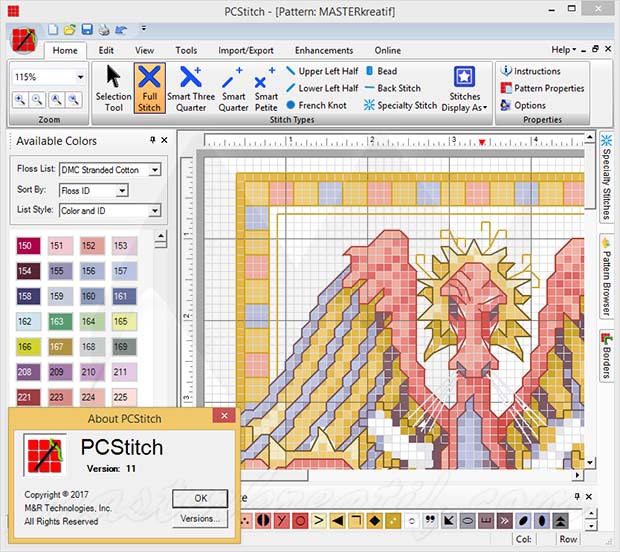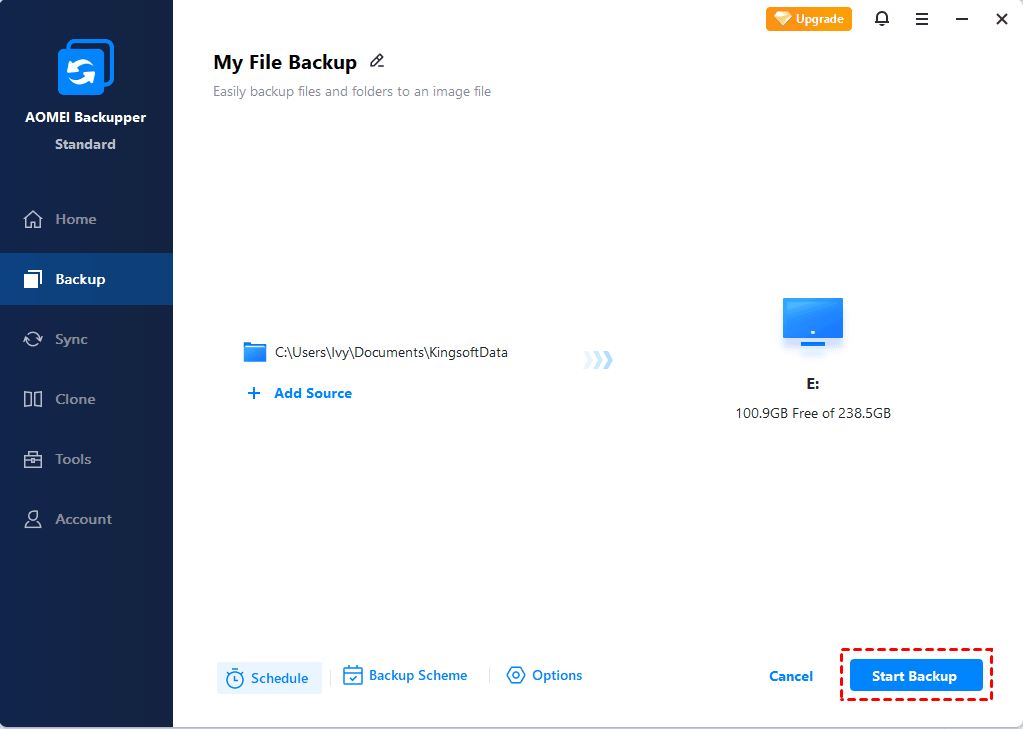


The data in my text file will be like below 001343 Kilamatar JAS Indonesia 346457
#Open pcstitch backup file zip#
SELECT Name,Details,IsTopLevelProductCategoryįROM just want to check if there is any other simpler and easier way of accomplishing this with just a stored procedure without using any user defined table type ?įor example lets say my table in SQL Sever looks like below structure LocationId | LocationName | State | Country | Zip Then use that inside a stored procedure CRAEATE PROCEDURE DBO.CategoryListType READONLY I found a sample example online where we create a user defined table type CREATE TYPE. I am looking for sample stored procedure examples where we can pass all the rows at a time to SQL Server and then bulk insert those rows. I am using ADO.NET with SQL Server, i don't want to loop and insert one row at a time as there are many number of rows. I am creating a C# desktop application which reads data from local file system and it should insert all that rows into SQL Server. If new x values coming with next loops it is not adding as new label. And it's values are coming with test 1.įound that the x axis values are showing for first loop of Databind(X,Y) only. Int y = (from p in data_tasks.AsEnumerable()Ĭ(x, y) Get the Total of tasks for each taskstatus. Select p.Field("type_of_task")).ToArray() Orderby p.Field("type_of_task") ascending Where p.Field("task_status_name") = task_Status String x = (from p in data_tasks.AsEnumerable() Get the type_of_task for each task_status. Select p.Field("task_status_name")).Distinct().ToList() įoreach (string task_Status in task_status_list) List task_status_list = (from p in data_tasks.AsEnumerable() But it's Y axis label values are not coming correctly. Change the “File name” as desired before saving the file.I have created a stacked chart as below. The “.docx” file type is automatically selected in the drop-down list and the “.docx” extension automatically replaces the “.wbk” extension.

Click the “File” tab and then “Save As” to save the backup document as a “.docx” file. The “.wbk” file opens in Word and you can make any changes you want to it, just like you do in regular Word documents. Now you should see the “Microsoft Word Backup Document”, or “.wbk” file. To show all available documents, select “All Files (*.*)” from the drop-down list to the right of the “File name” edit box. The backup file uses the extension “.wbk” and, by default, Word shows only Word documents. Notice that you only see the original document and not the backup file. Navigate to the folder containing the backup file you want to open, if necessary. You can click the “Current Folder” if your backup file is in the same directory as your currently open document. NOTE: If you are currently have a blank or existing document open from the same place you selected, a “Current Folders” list displays above “Recent Folders”. If not, click the “Browse” button at the bottom of the list. If the folder containing the backup file is available in the “Recent Folders” list, click on it.


 0 kommentar(er)
0 kommentar(er)
